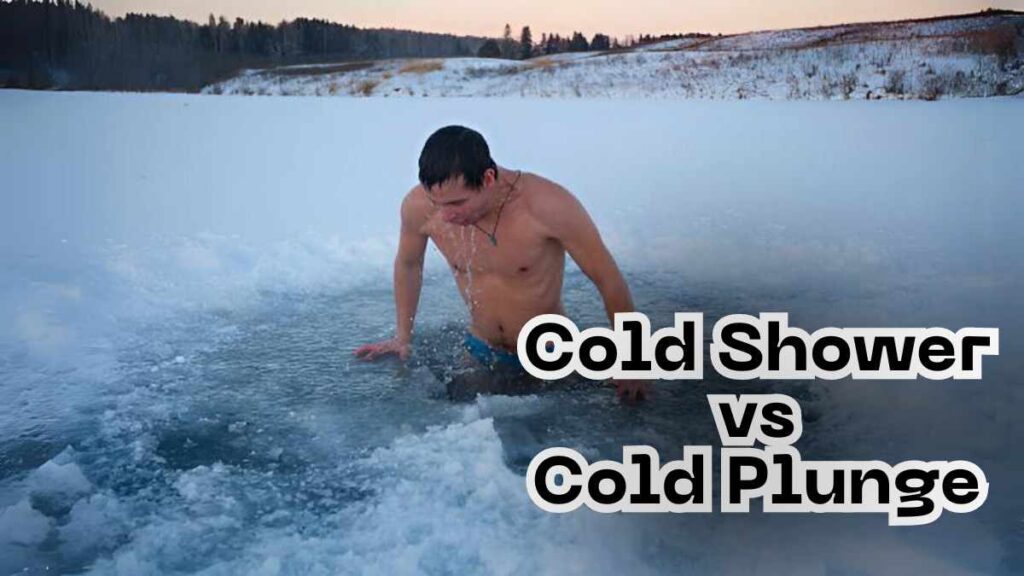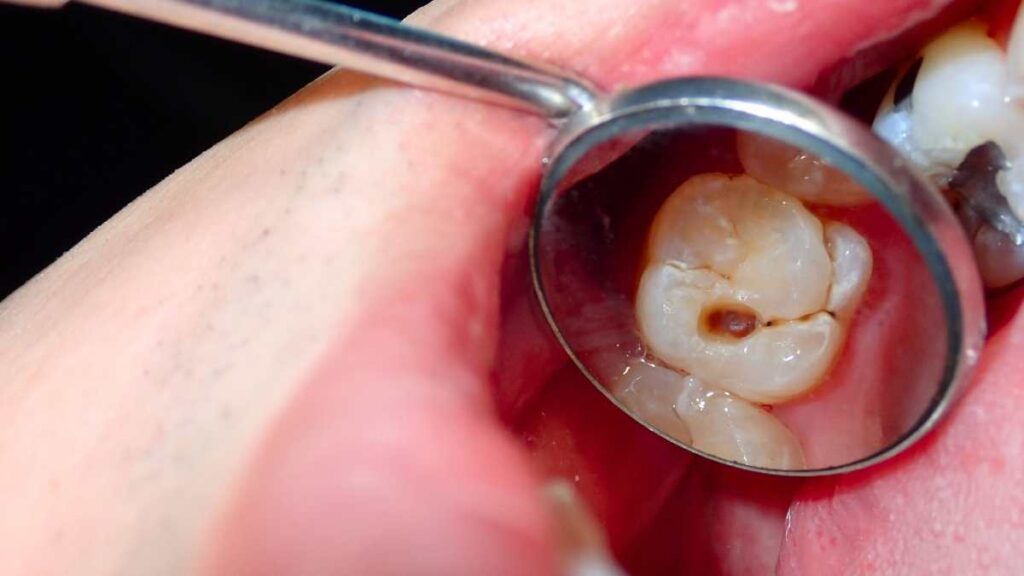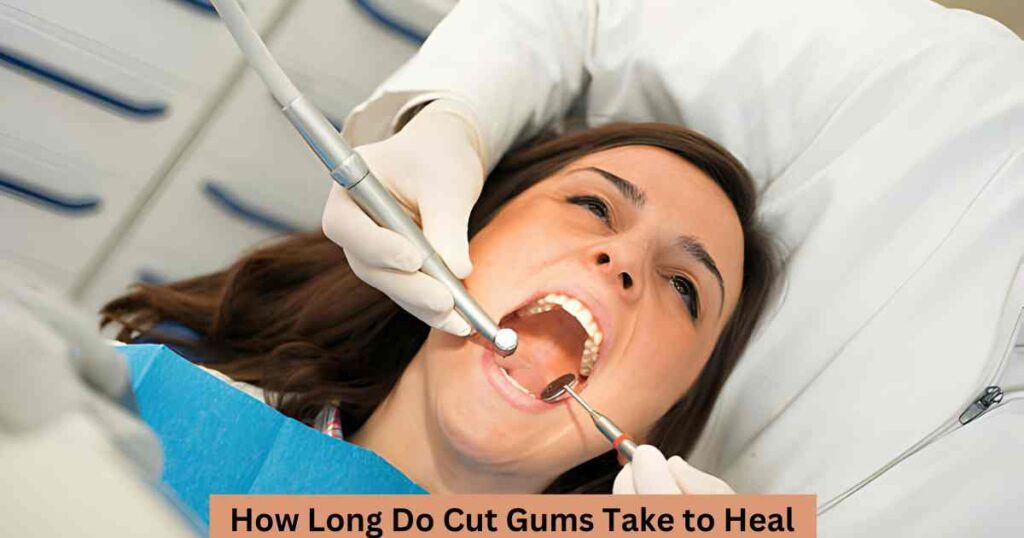Understanding Cold Therapy
Before we delve into the comparison between cold shower vs cold plunge, let’s first understand the concept of cold therapy. Cold therapy, also known as cryotherapy, involves exposing the body to cold temperatures for therapeutic purposes. This can range from simple ice packs to full-body immersion in cold water.
What is a Cold Shower?
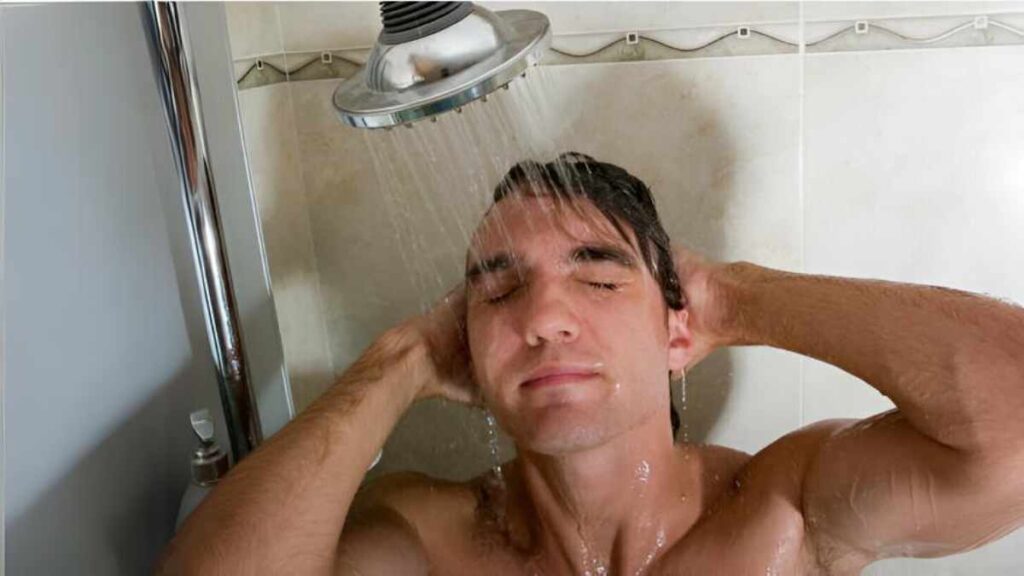

A cold shower is exactly what it sounds like: taking a shower with cold water. While this may seem daunting to some, proponents of cold showers tout their numerous health benefits, including improved mood, increased alertness, and enhanced immune function.
Benefits of Cold Showers:
- Boosts energy: Cold showers have been shown to increase energy levels and leave you feeling invigorated.
- Improves mood: The shock of cold water can trigger the release of endorphins, leading to a mood-boosting effect.
- Enhances circulation: Cold water causes blood vessels to constrict, improving blood flow throughout the body.
What is a Cold Plunge?
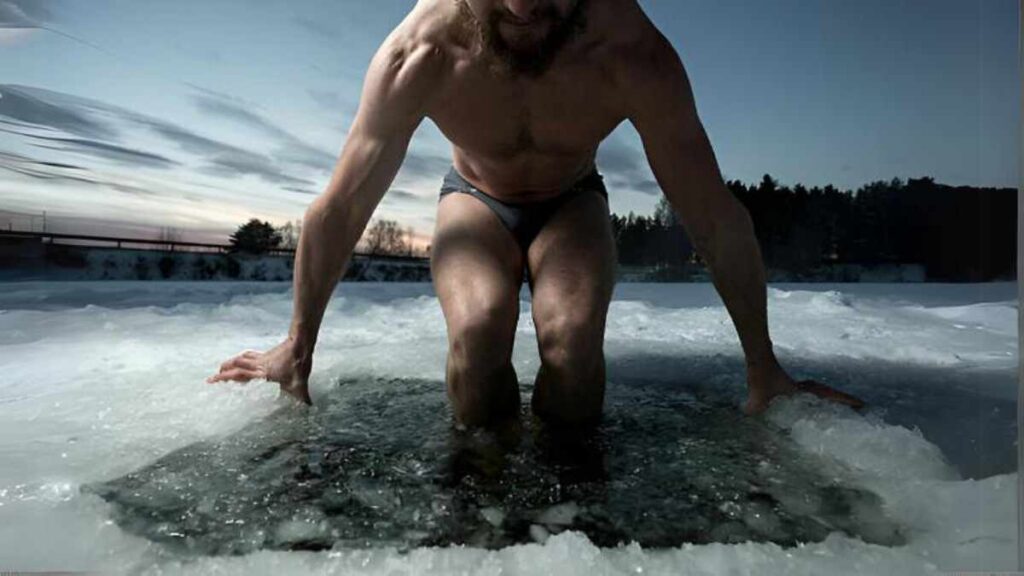

On the other hand, a cold plunge involves immersing the body in cold water for a specified period, typically in a tub or pool specifically designed for this purpose. Cold plunges are often favored by athletes and fitness enthusiasts for their potential to aid in muscle recovery and reduce inflammation.
Benefits of Cold Plunges:
- Accelerates recovery: Cold plunges have been shown to reduce muscle soreness and inflammation, making them popular among athletes.
- Boosts resilience: Regular exposure to cold water can help build resilience to stress and improve overall mental well-being.
- Enhances cognitive function: Some studies suggest that cold plunges may improve cognitive function and mood.
Cold Shower vs Cold Plunge: The Key Differences
While both cold showers and cold plunges offer similar benefits, they differ in several key aspects:
- Temperature: Cold showers typically involve water temperatures of around 60°F or lower, while cold plunges may have temperatures as low as 50°F or even colder.
- Duration: Cold showers are usually shorter in duration, lasting anywhere from a few seconds to a few minutes, while cold plunges may last several minutes or longer.
- Method of application: Cold showers are administered through a shower head, while cold plunges require full-body immersion in a tub or pool.
Does cold plunging increase testosterone?
Does cold plunging increase testosterone? While there’s some speculation about the impact of cold showers vs cold plunges on testosterone levels, the evidence is inconclusive. Some studies suggest that exposure to cold temperatures may temporarily boost testosterone production, while others show no significant effect. Additionally, the duration and frequency of cold exposure may play a role in determining its hormonal effects.
One study compared the effects of cold water immersion and physical exercise on serum testosterone levels in men. While exercise led to a significant increase in testosterone levels, cold water stimulation resulted in a decrease. However, more research is needed to fully understand the relationship between cold therapy and testosterone production.
READ ALSO: Can Creatine Cause Headaches?
How to Safely Incorporate Cold Therapy into Your Routine
While cold therapy can offer numerous benefits, it’s essential to practice it safely to avoid any adverse effects. Here are some tips for safely incorporating cold showers and cold plunges into your routine:
- Consult with a healthcare professional: Before starting any new wellness routine, especially one involving exposure to extreme temperatures, it’s crucial to consult with a healthcare professional to ensure it’s safe for you.
- Start slow: If you’re new to cold therapy, start with shorter durations and gradually increase the length and intensity as your body acclimates.
- Focus on breathing: Before entering cold water, take deep breaths to center yourself and prevent hyperventilation. Focus on slowing your breathing once immersed to avoid cardiac arrhythmias.
- Monitor your body: Pay attention to how your body responds to cold therapy and adjust accordingly. If you experience any discomfort or adverse effects, stop immediately and seek medical attention if necessary.
- Stay hydrated: It’s essential to stay hydrated before and after cold therapy to prevent dehydration and maintain overall health.
DIY Cold Therapy Options
If you don’t have access to a cold plunge facility, there are several DIY options you can try at home:
- Cold shower: Simply adjust your shower to a colder temperature and gradually increase exposure over time.
- Ice bath: Fill a bathtub with cold water and add ice cubes for an invigorating cold plunge experience.
- Cold water immersion: If you live near a cold body of water, such as a lake or ocean, you can take a cold plunge outdoors.
Conclusion
In conclusion, when it comes to deciding between cold showers vs cold plunges, both offer unique benefits that can enhance your overall well-being. Cold showers provide a convenient way to incorporate cold therapy into your daily routine, offering a refreshing jolt of energy and mood-boosting effects. On the other hand, cold plunges offer a more immersive experience, with the potential to accelerate muscle recovery and reduce inflammation, making them particularly popular among athletes.
Whether you opt for the brisk chill of a cold shower or the invigorating plunge of a cold tub, the key is to find what works best for you and your lifestyle. Experiment with both methods and pay attention to how your body responds. Remember, the ultimate goal is to embrace the cold and reap the rewards of these age-old wellness practices.
So, which will you choose: the quick refreshment of a cold shower or the deep dive of a cold plunge? Whichever path you take, embrace the cold and discover the transformative power of cold therapy for yourself.
Stay cool, stay healthy!
Frequently Asked Questions


A true master in his field, Hayate takes the helm as the author of Supreme Hall’s ‘Health’ category. Through his informative and engaging blogs, he shares valuable insights on wellness, fitness, and holistic living, empowering readers to lead healthier and happier lives.
